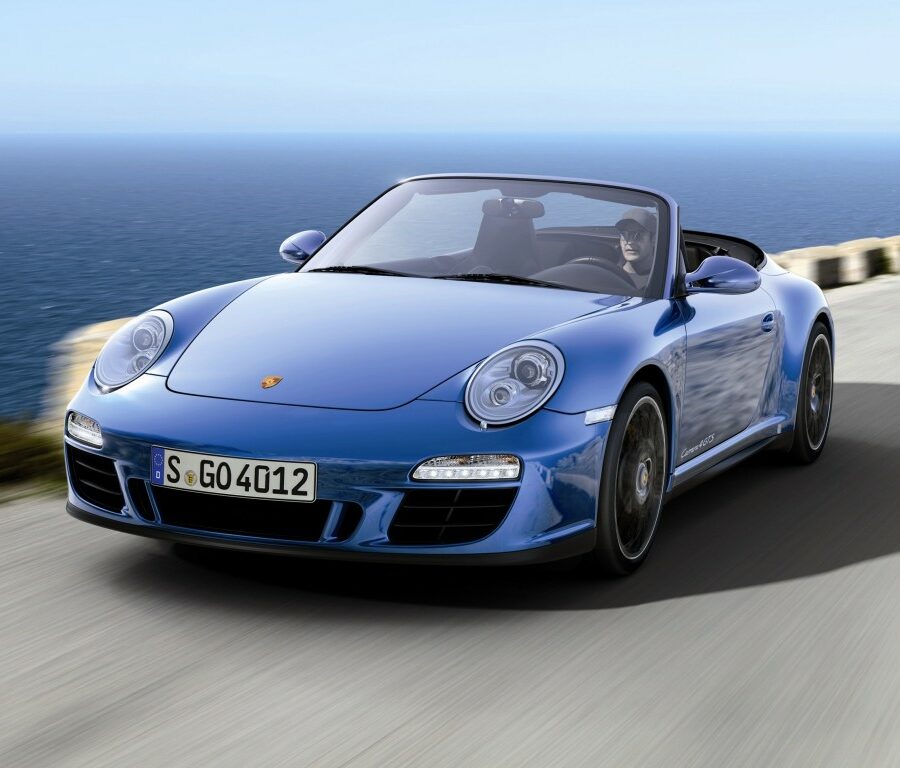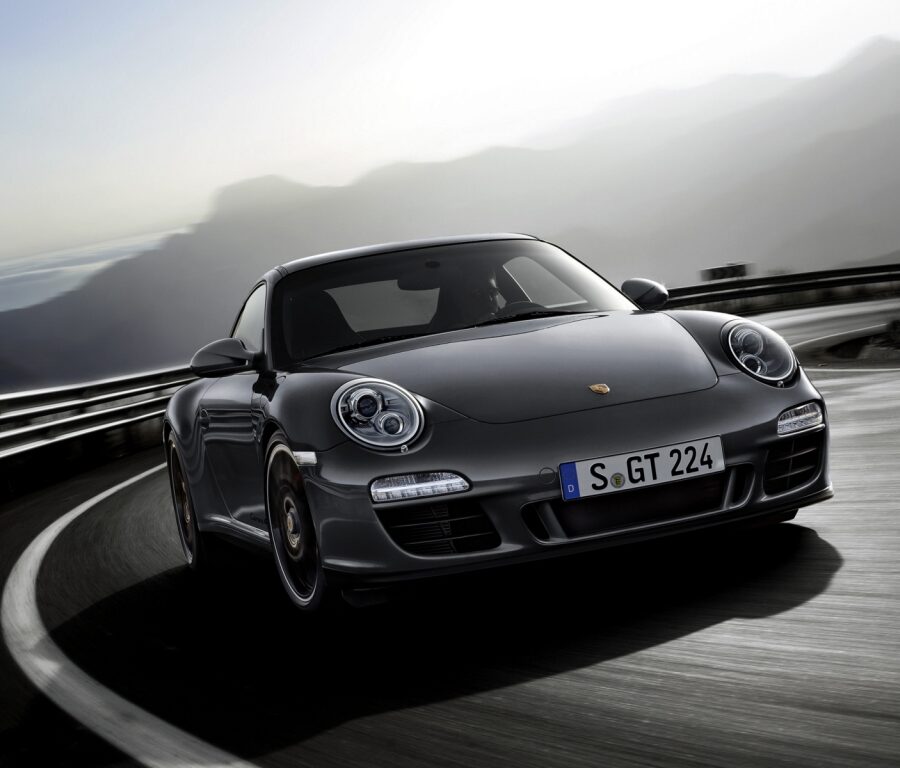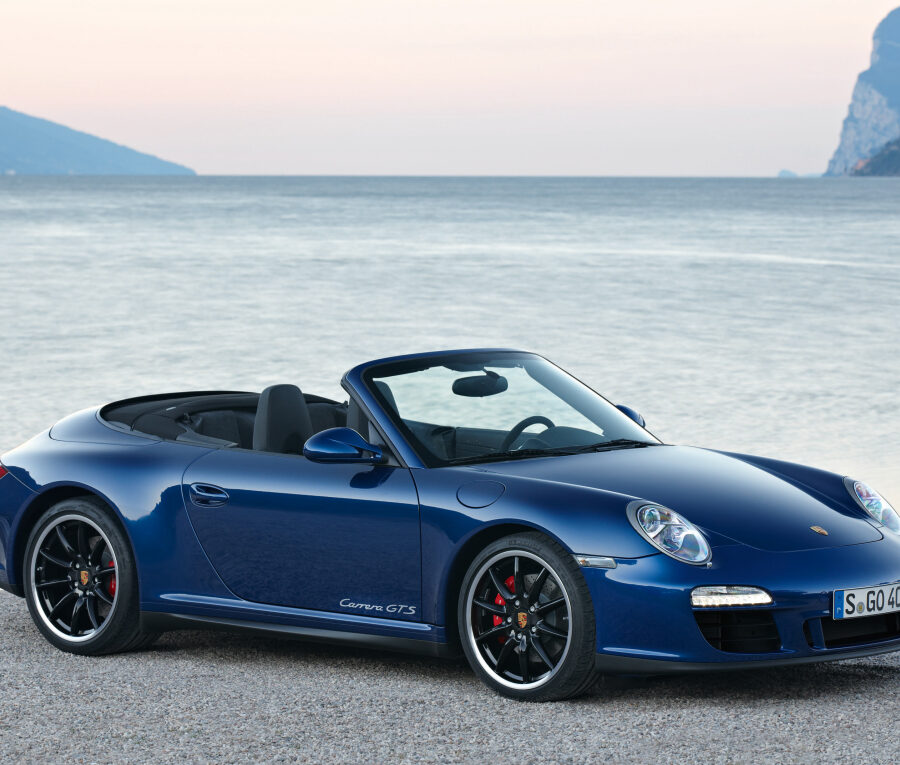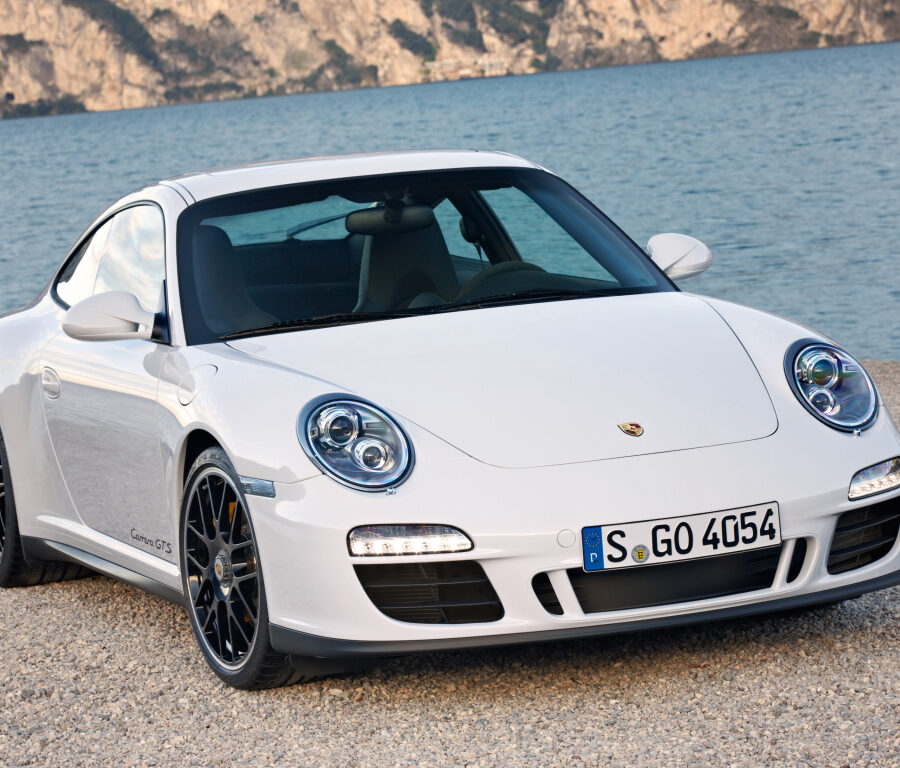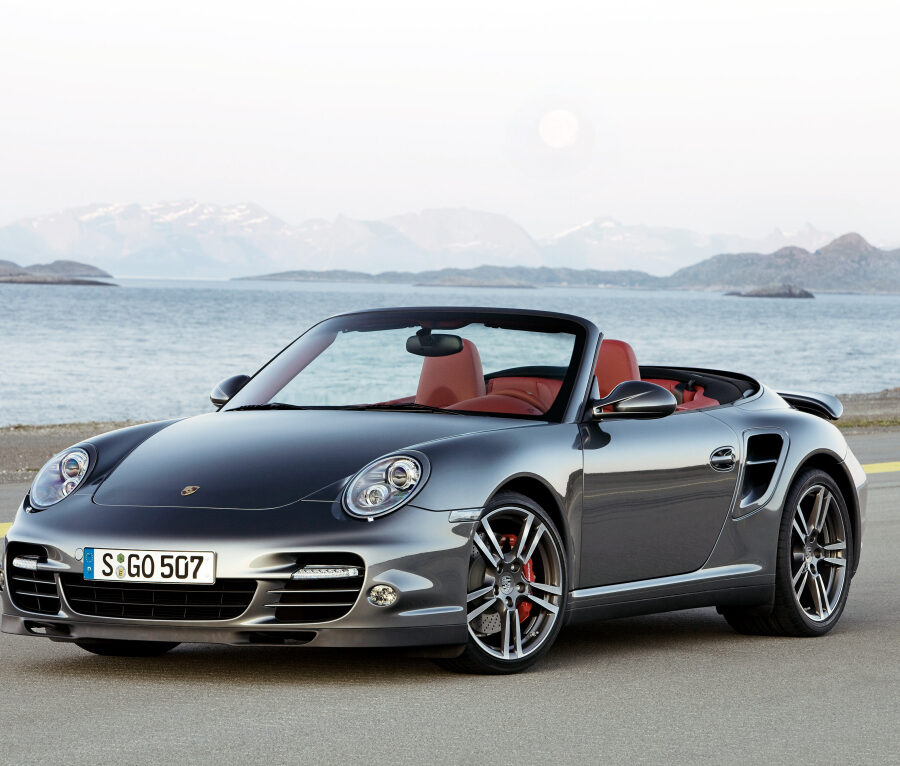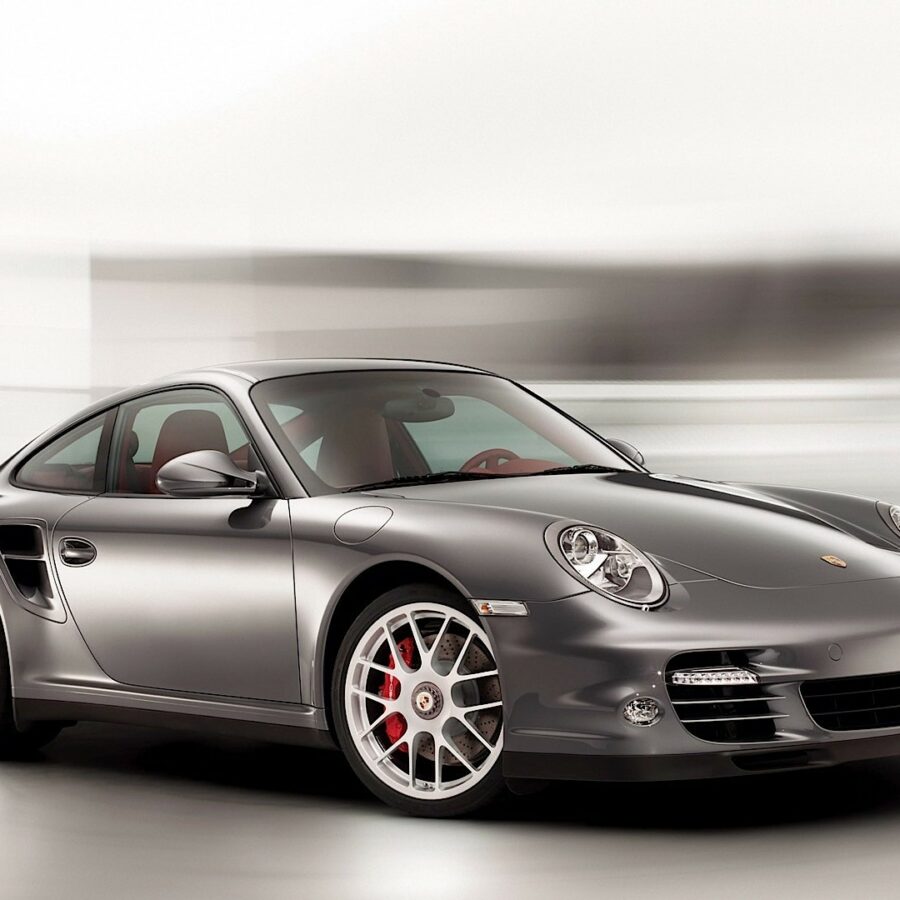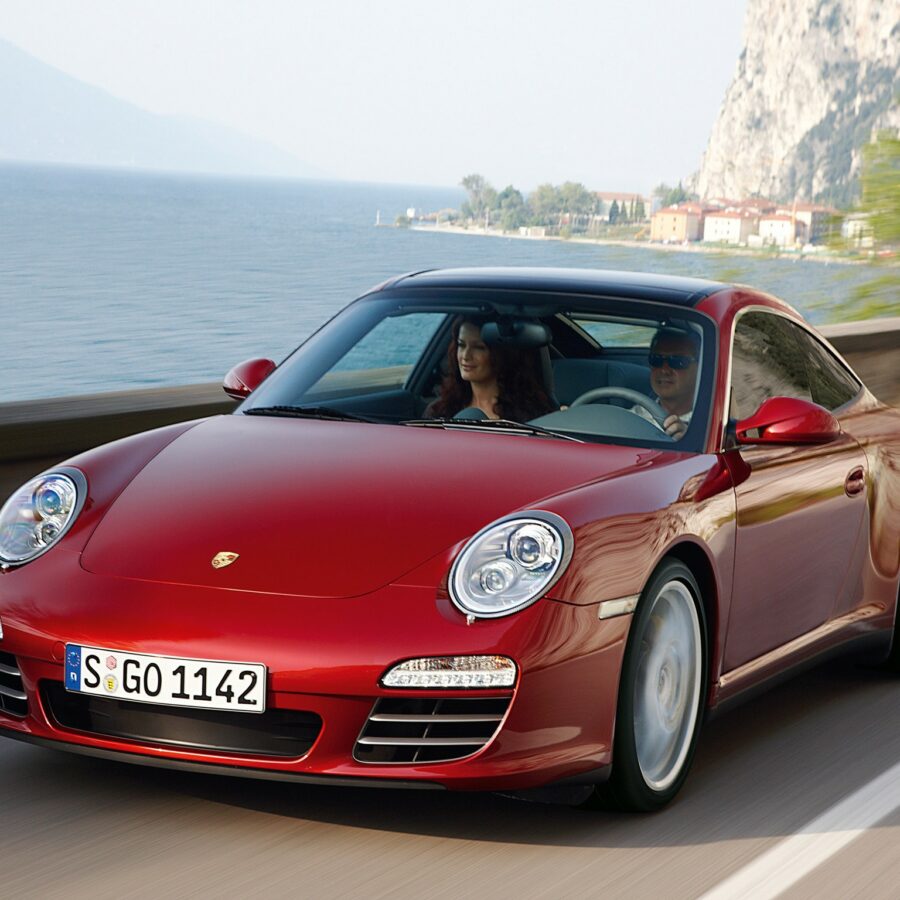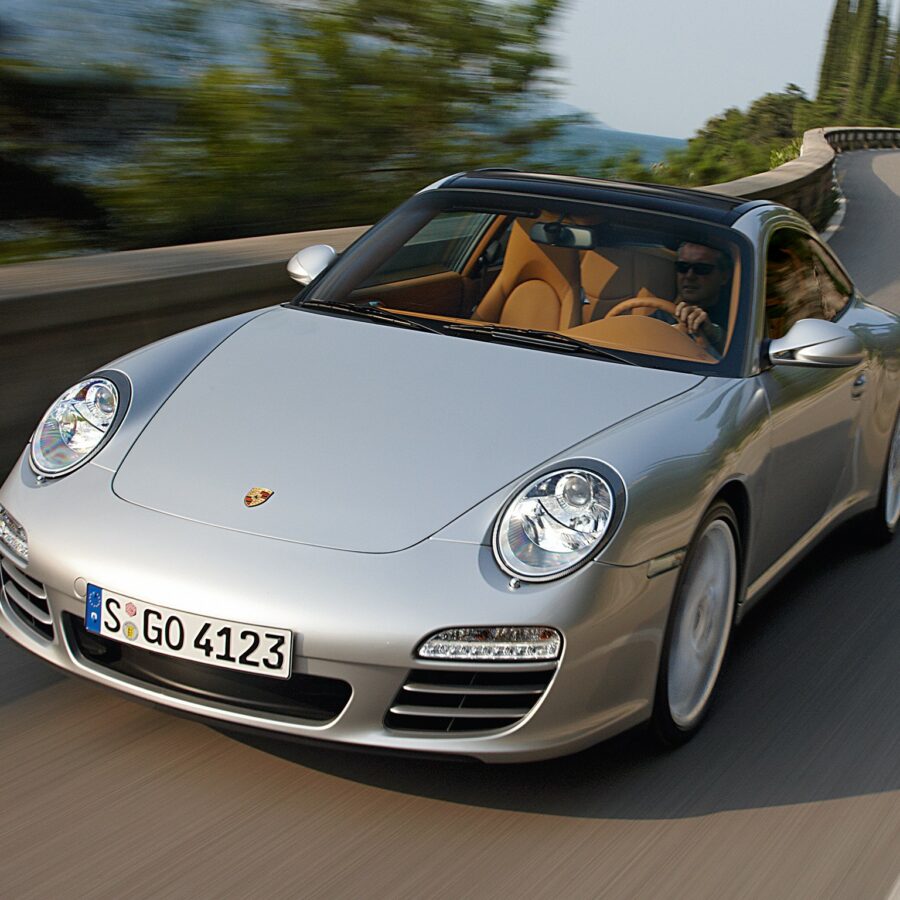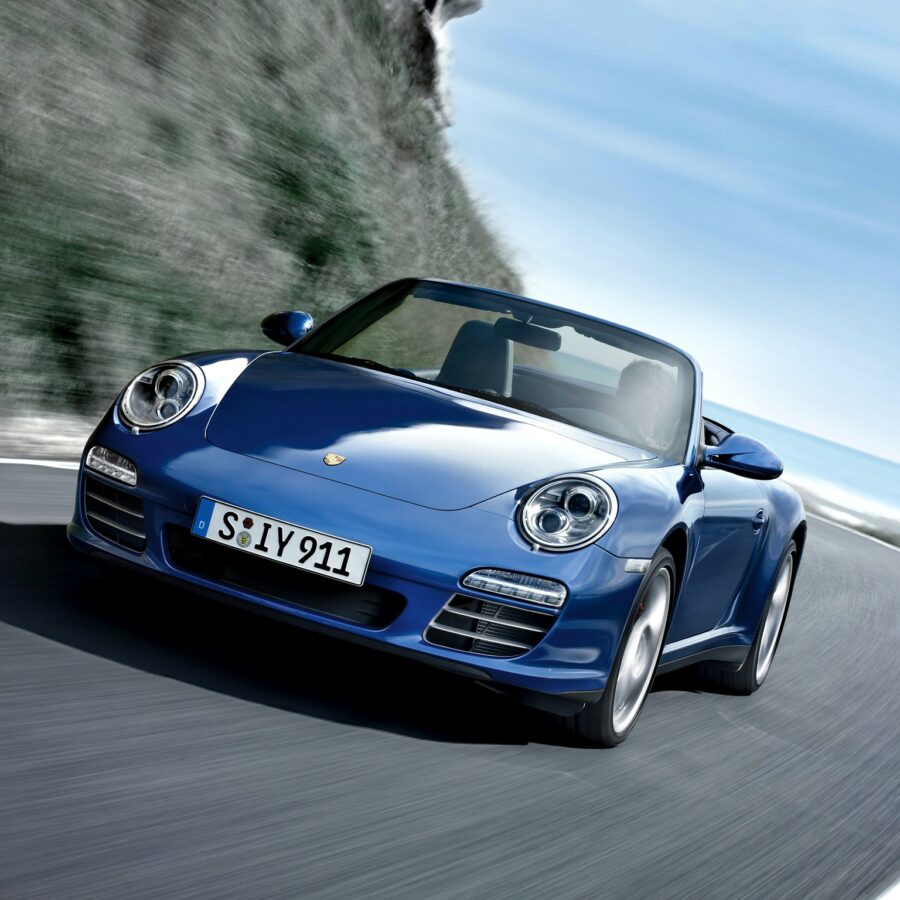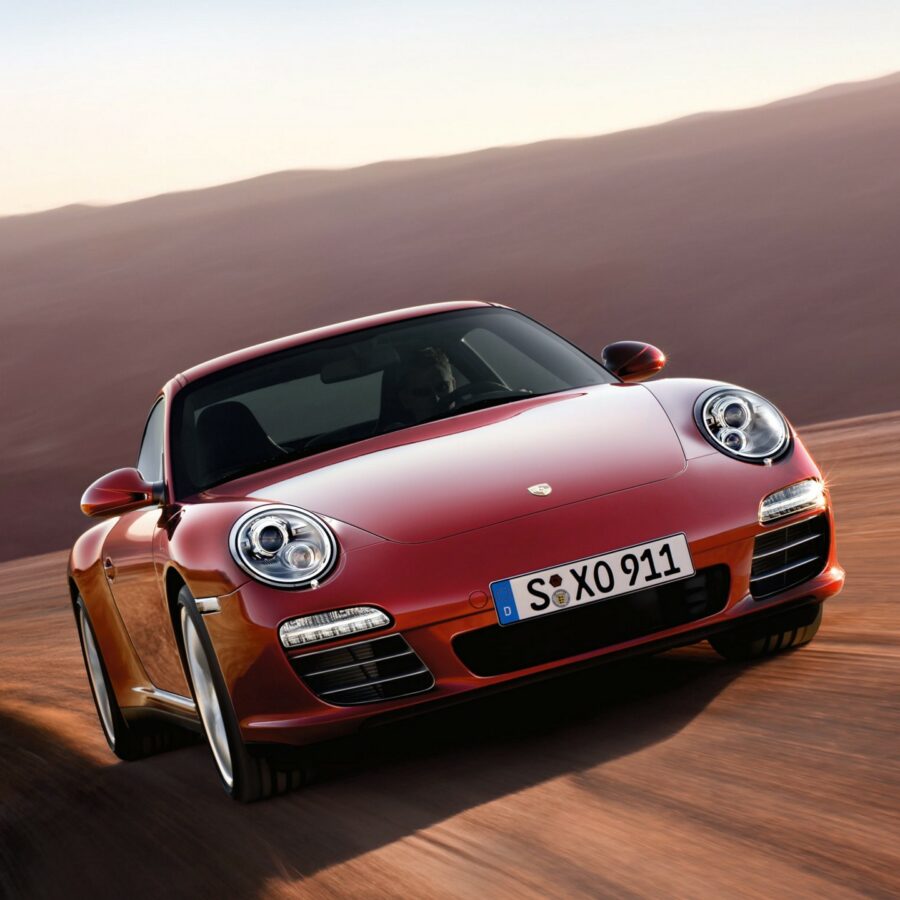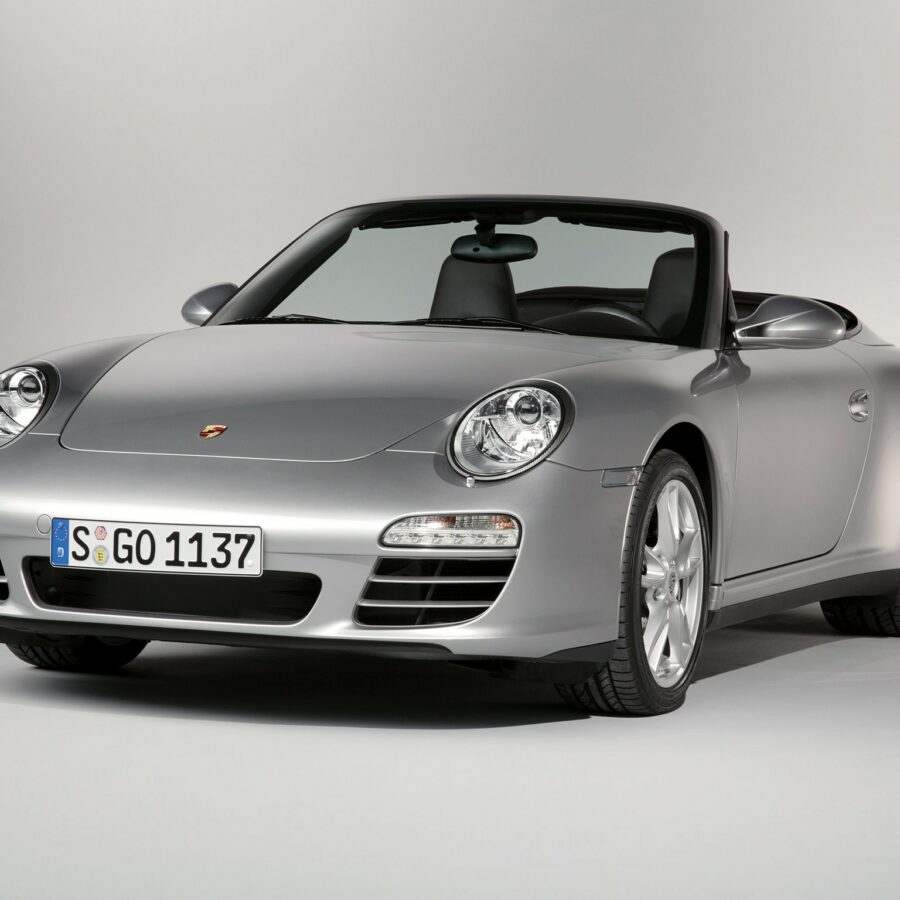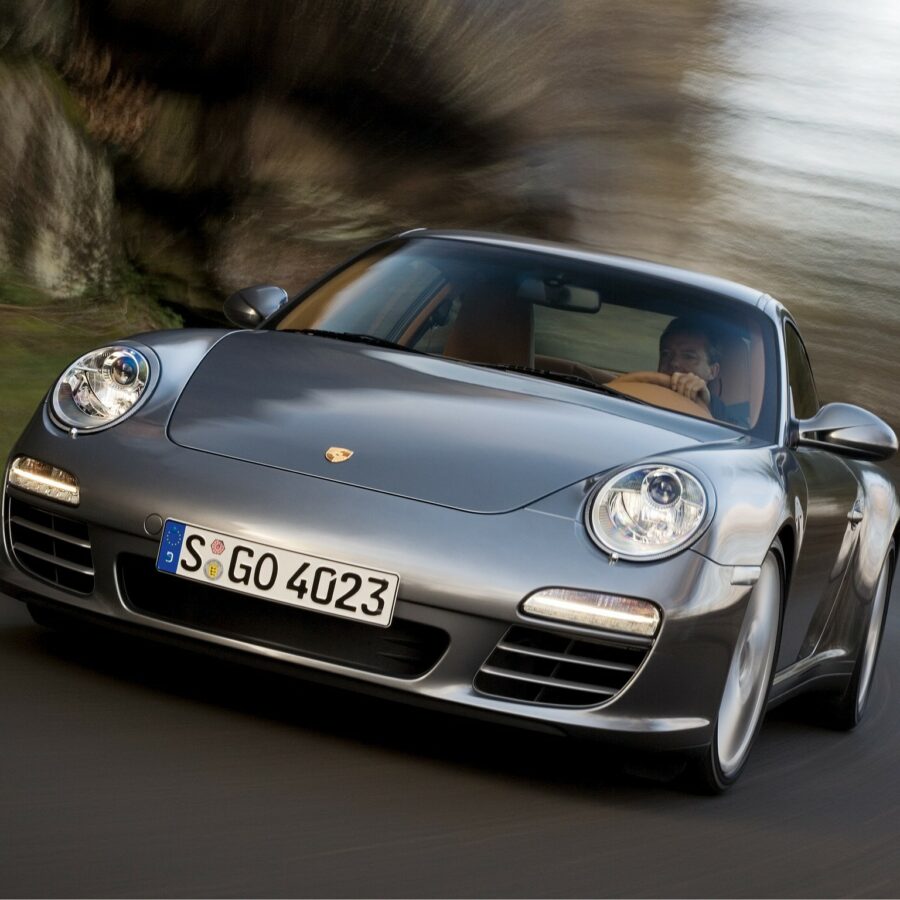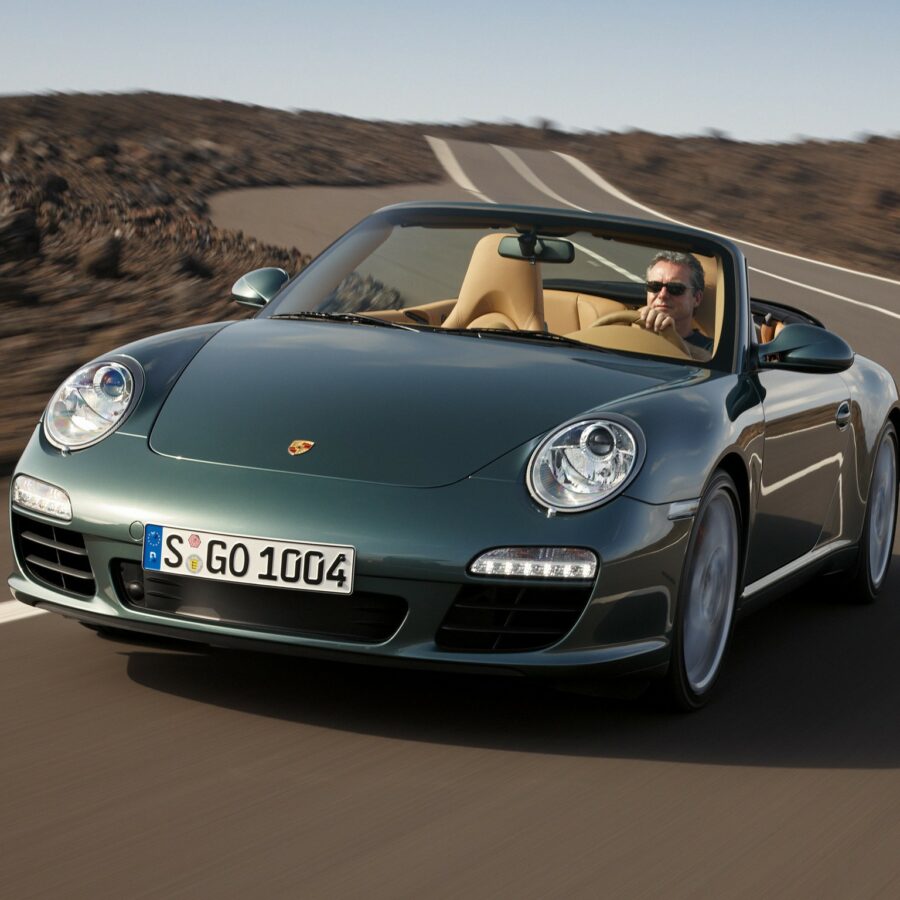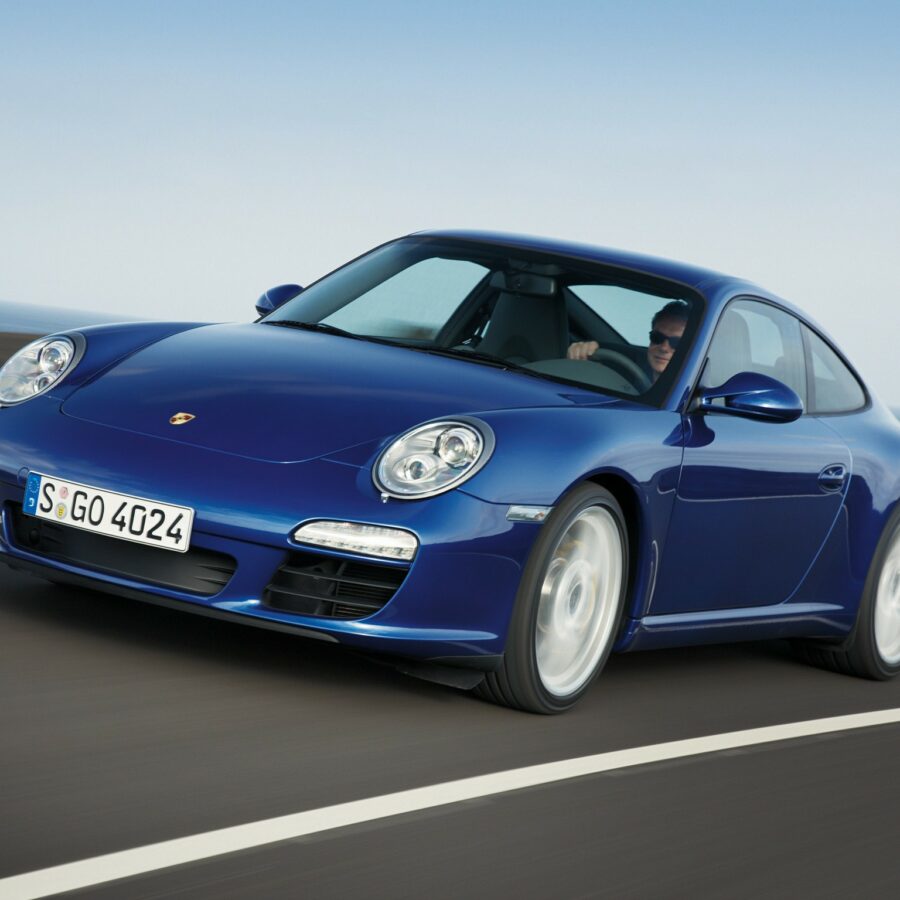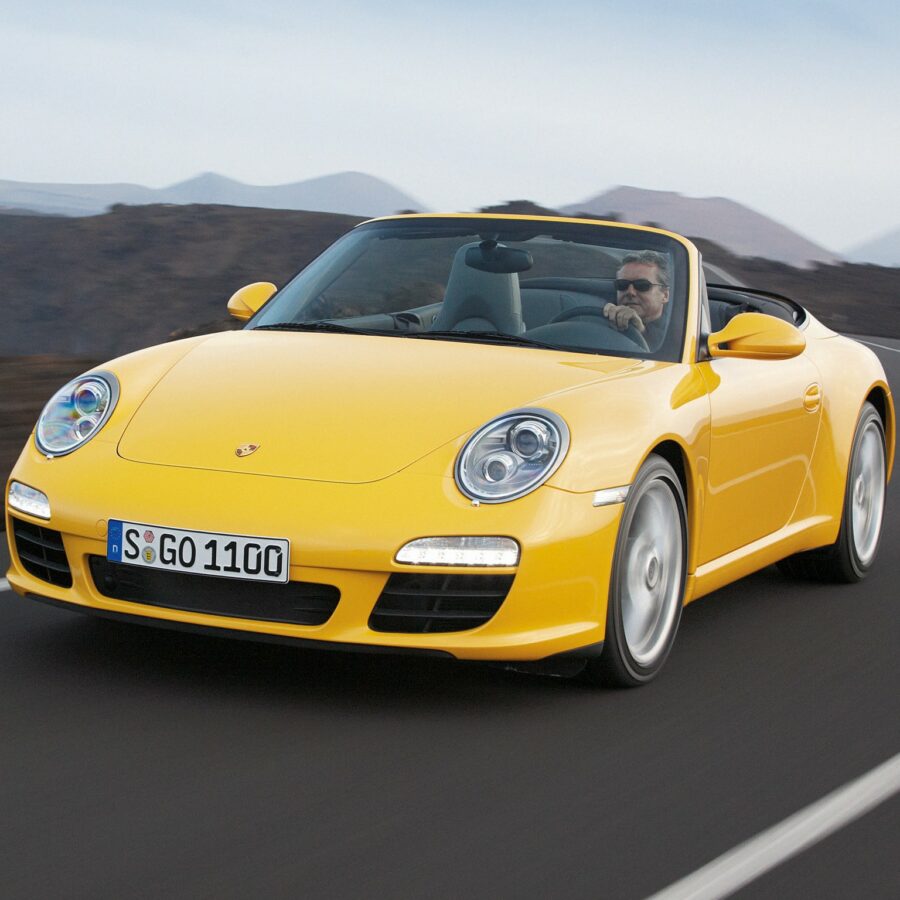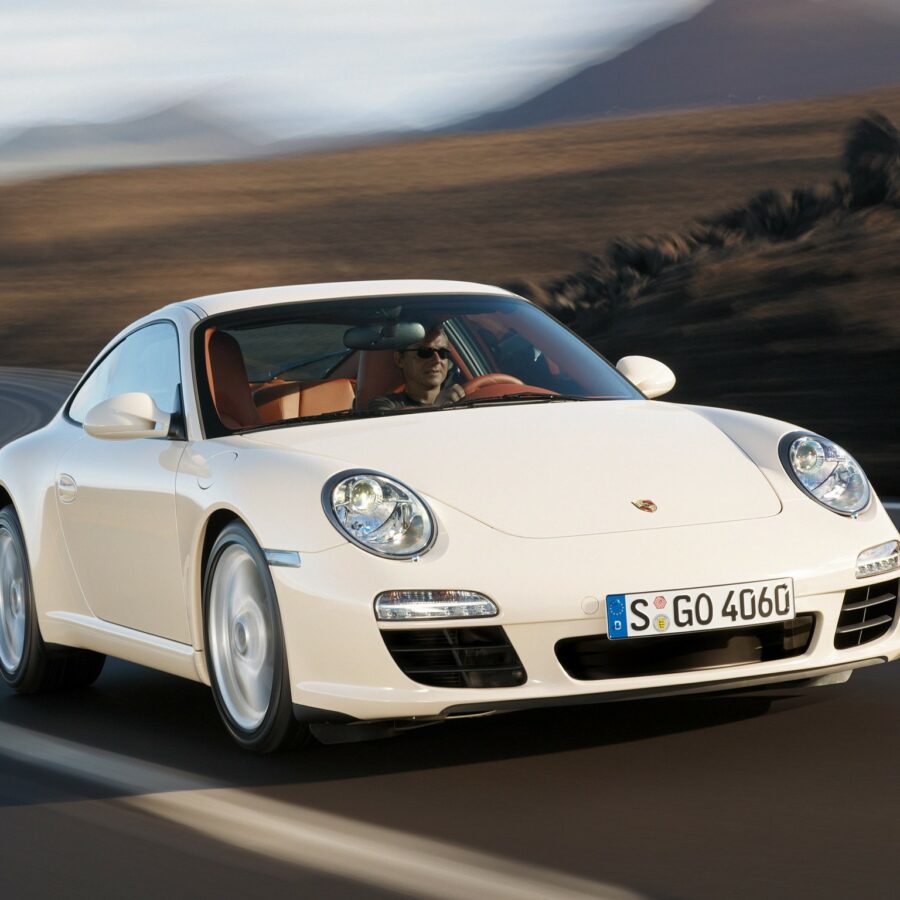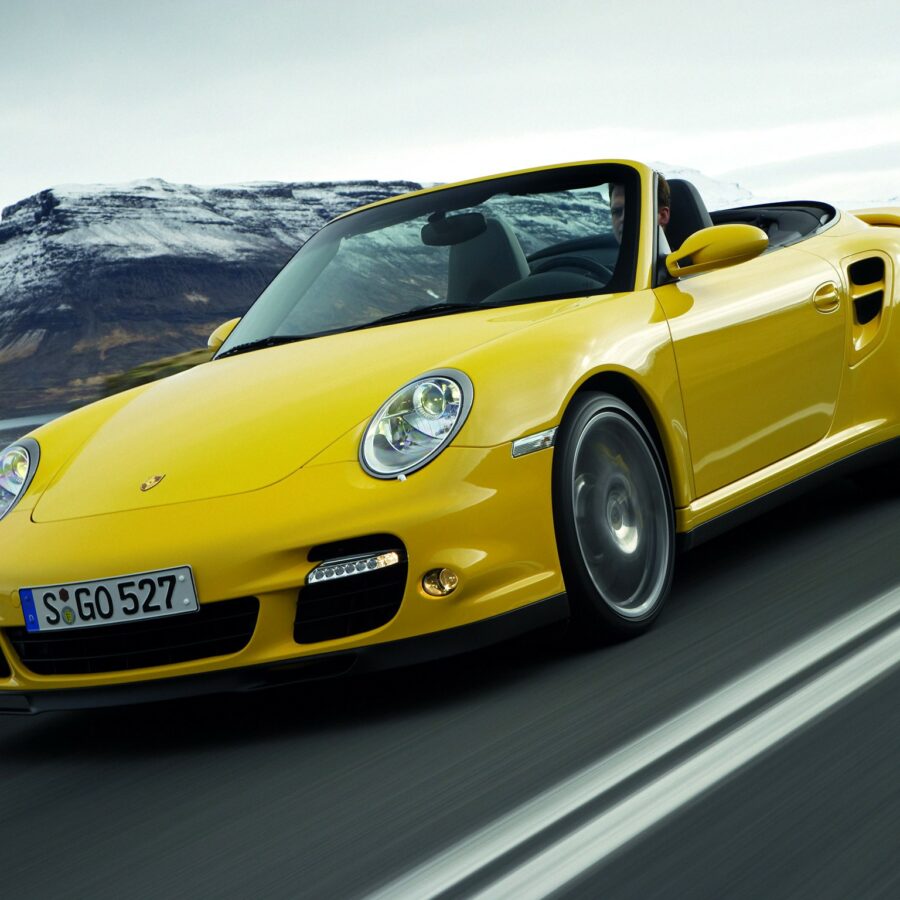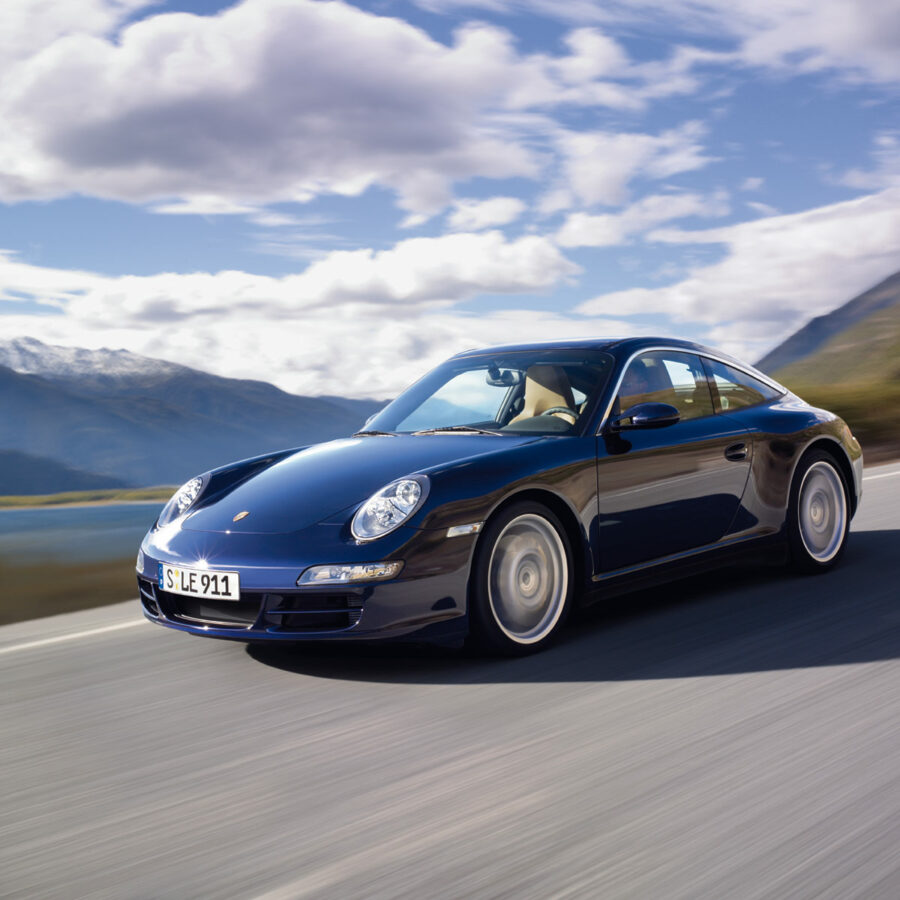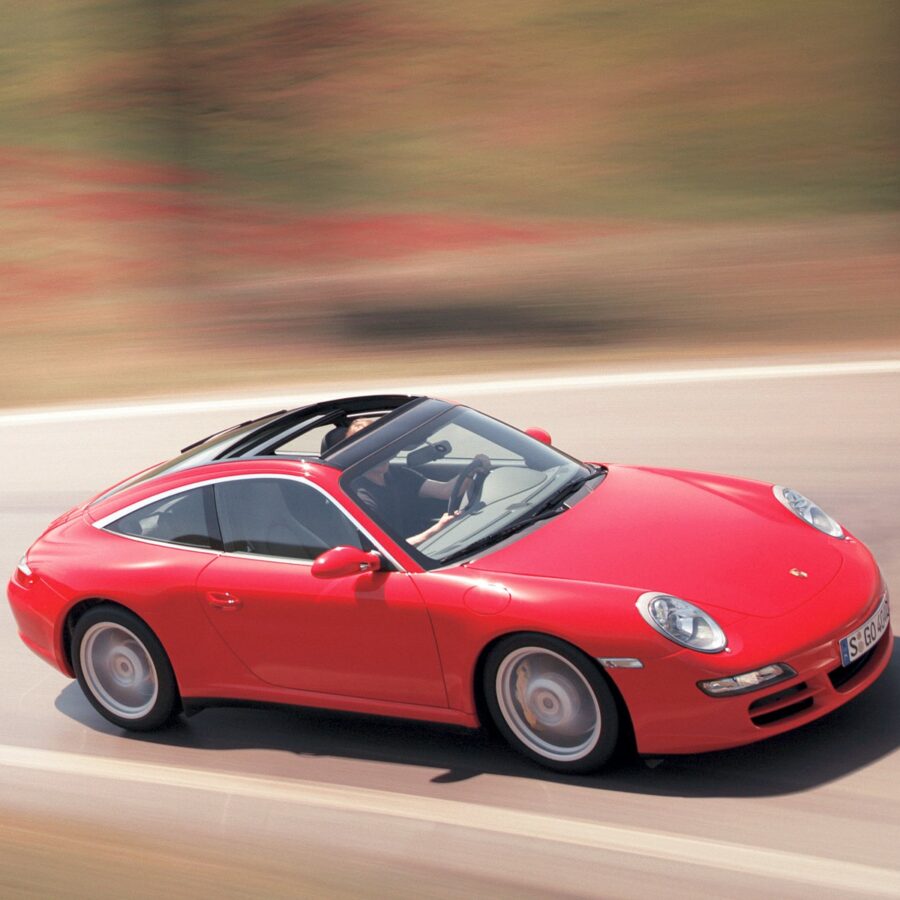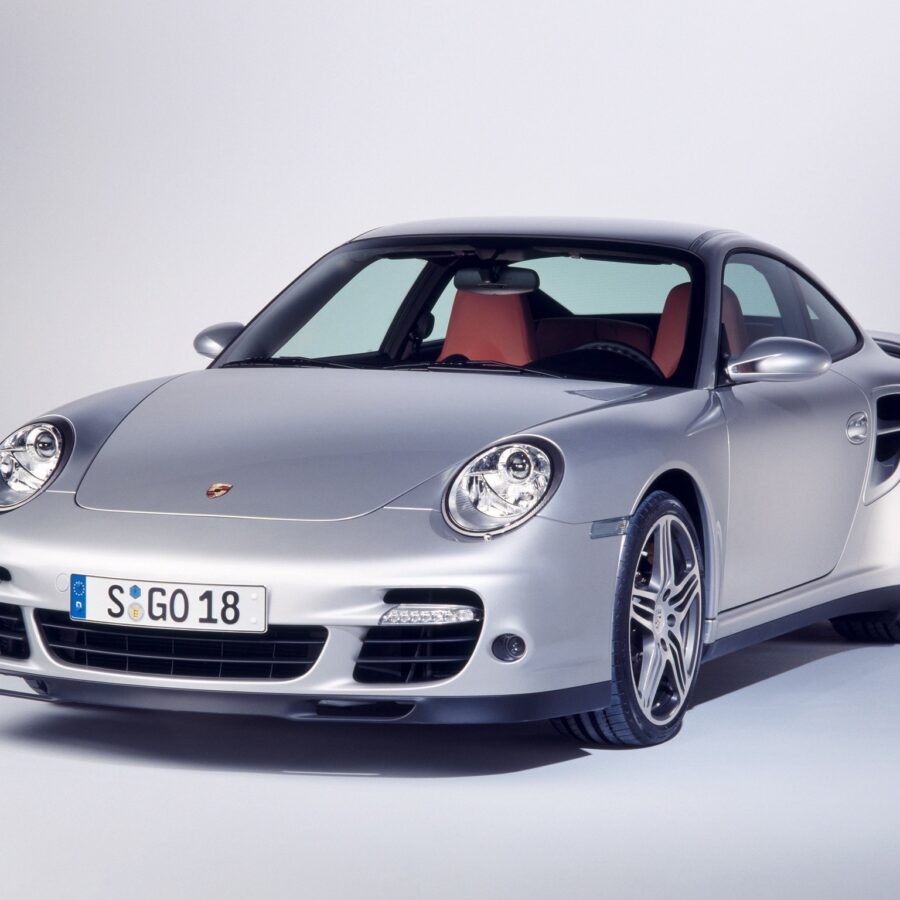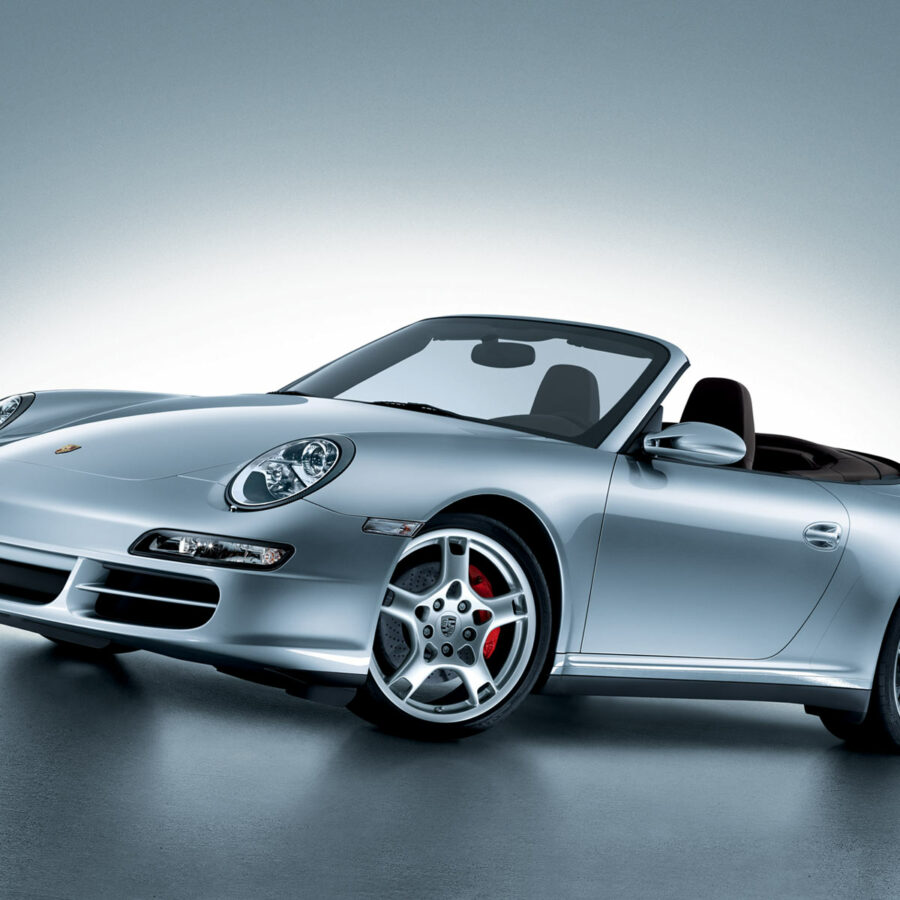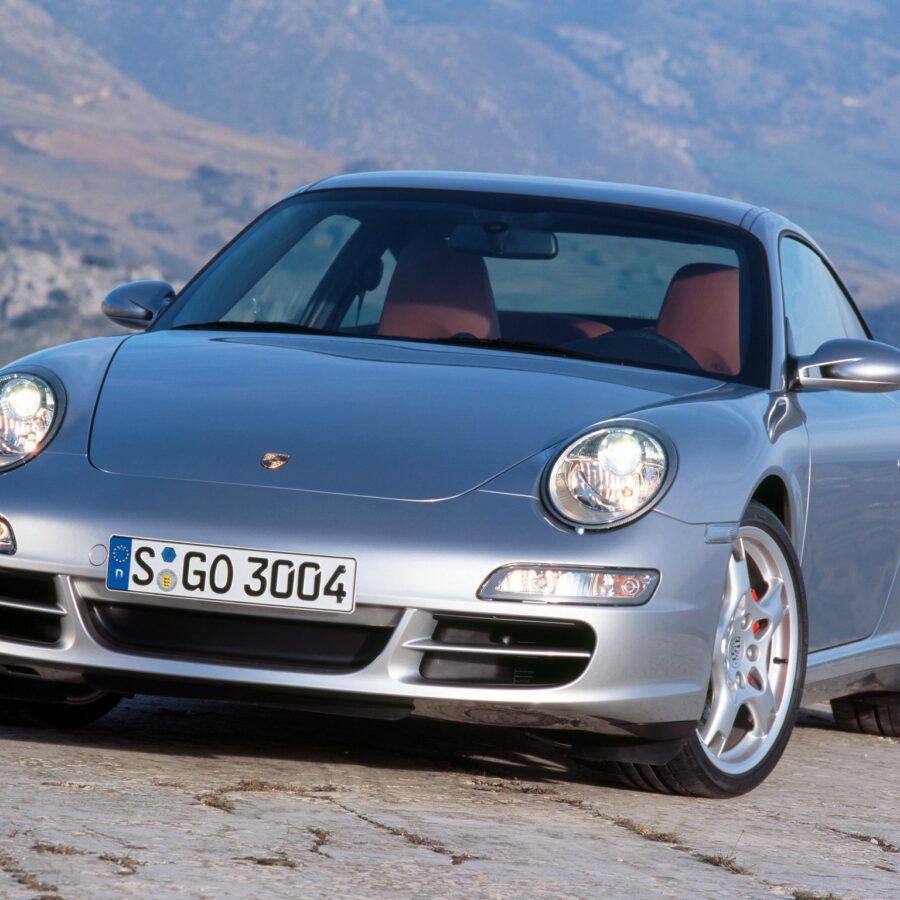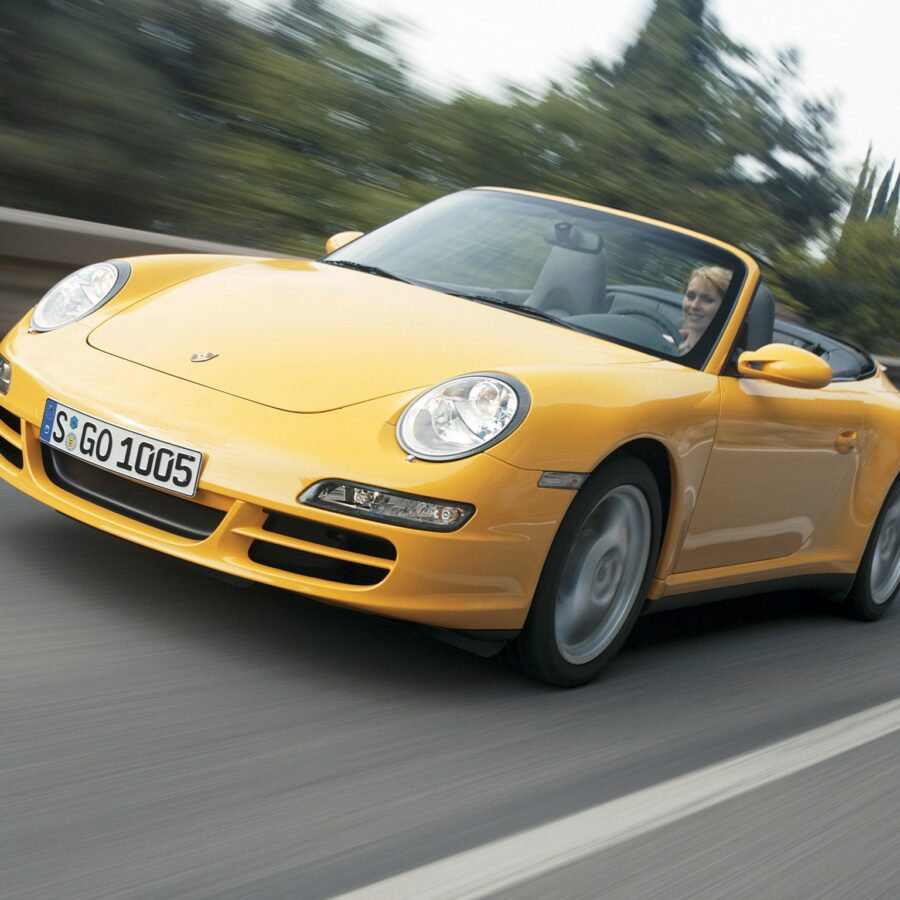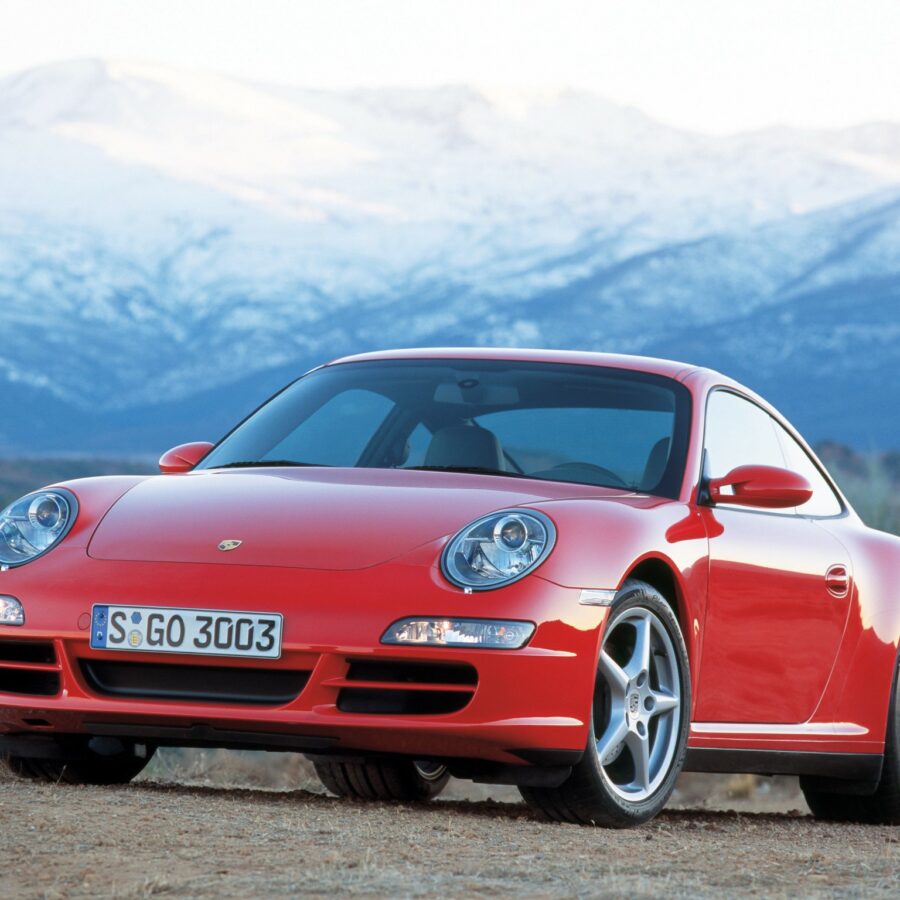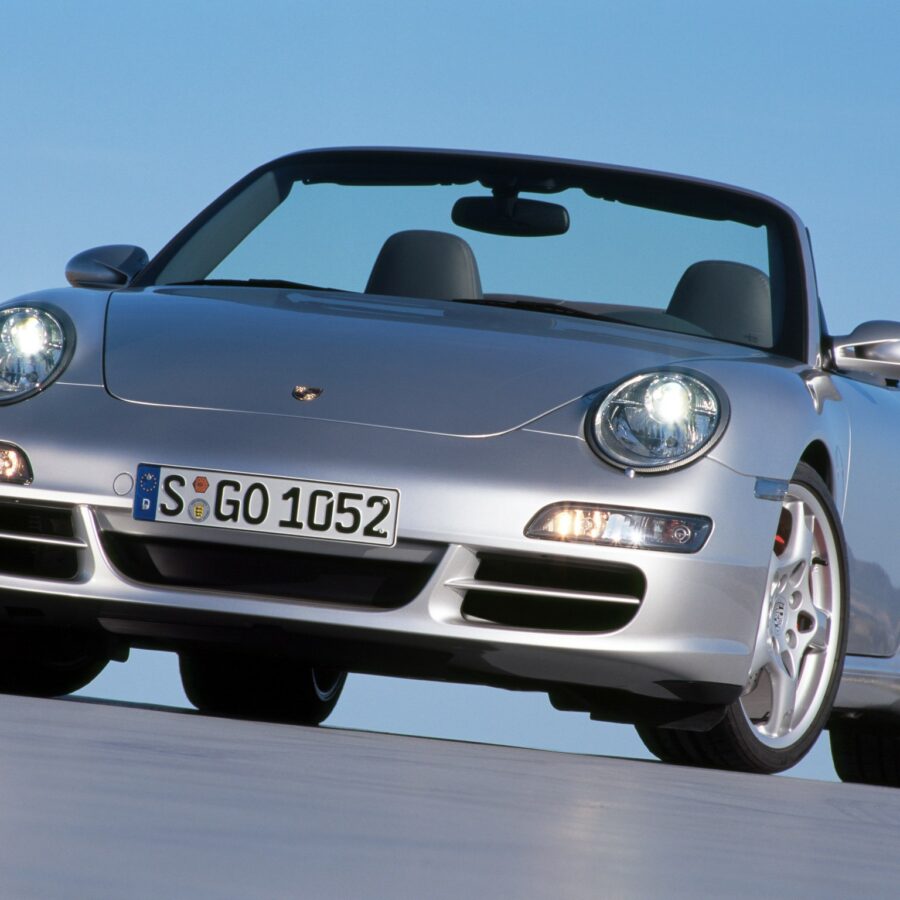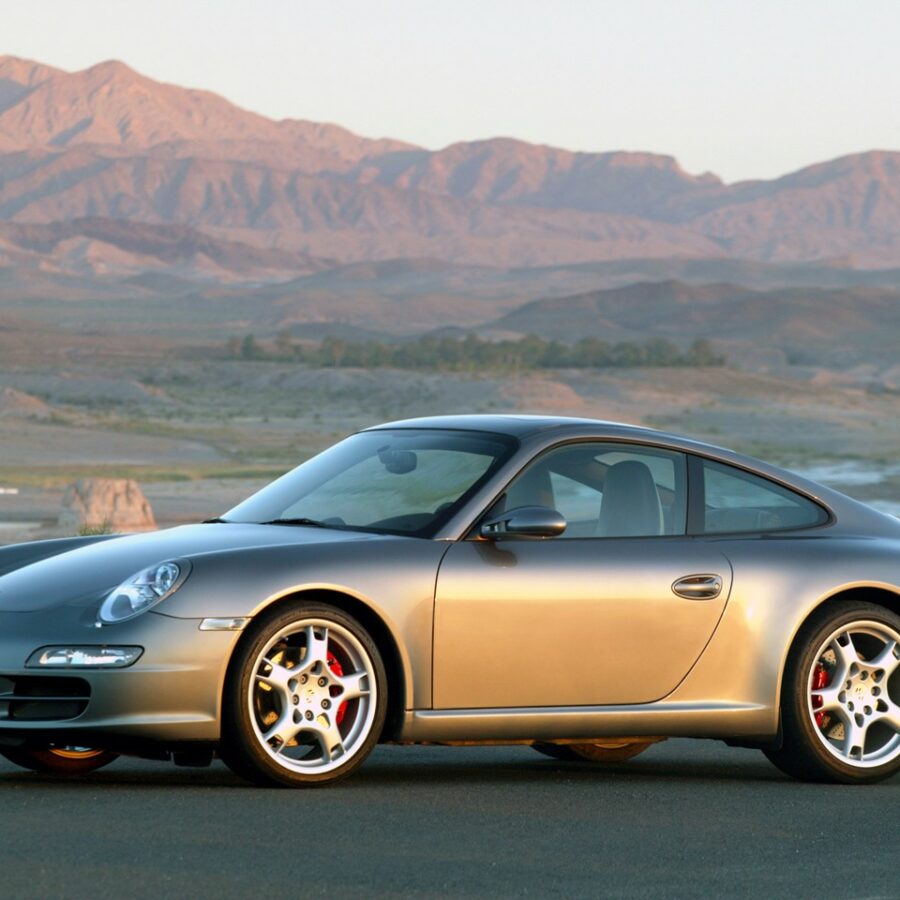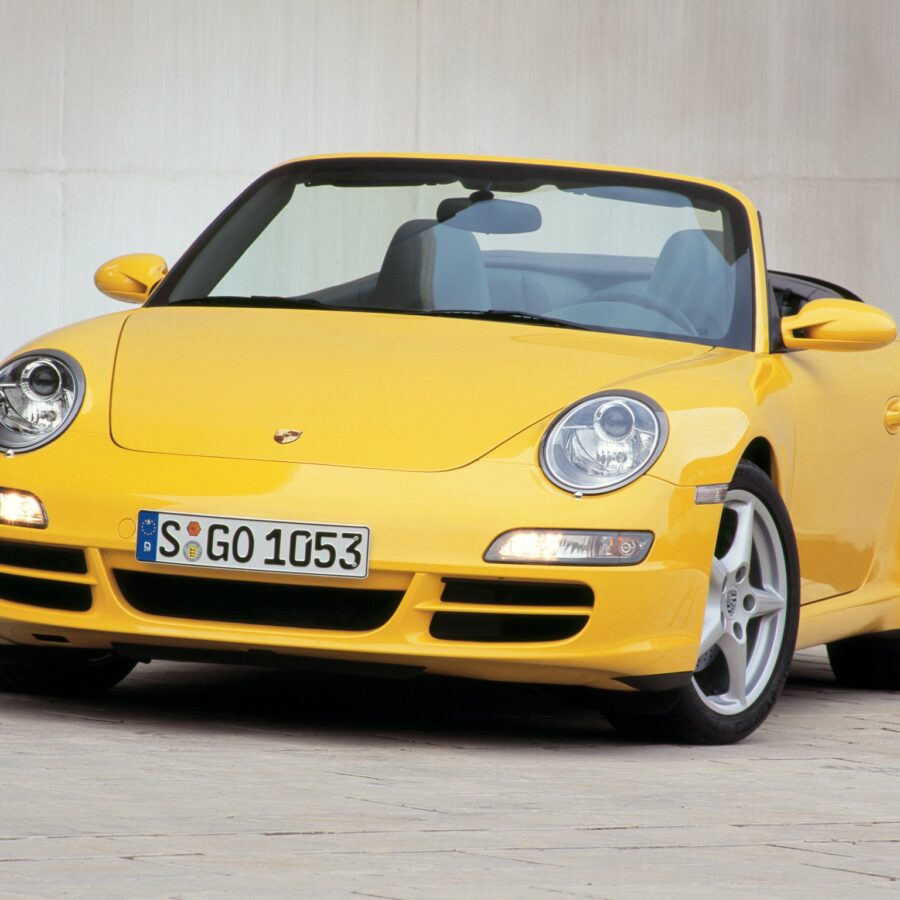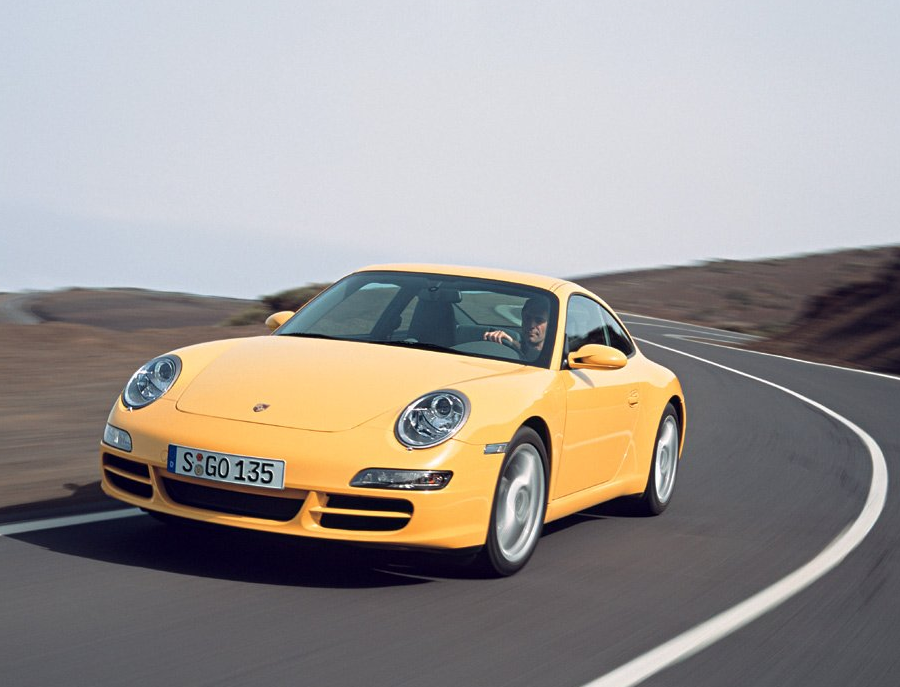Porsche 911 Carrera GTS Cabriolet (997) (2011 – 2012)
The Sweetest Open Top 911 In the 997 Era
Porsche 911 Carrera GTS Coupe (997) (2011 – 2012)
It's faster, more powerful and better looking than any other model in the Carrera family.
Porsche 911 Targa 4S (997.2) (2009 – 2012)
All the fun of a convertible without sacrificing the dynamic abilities of a hardtop.
Porsche 911 Targa 4 (997.2) (2009 – 2012)
Glass-roofed variant gets an update along with the rest of the Porsche 997 range
Porsche 911 Carrera 4S Cabriolet (997.2) (2009 – 2012)
Larger, more potent six-cylinder engine. New, all-wheel-drive system from the 911 Turbo.
Porsche 911 Carrera 4S Coupe (997.2) (2009 – 2012)
The all-wheel-drive, high-performance variant Carrera 4S Is the perfect all-season 911
Porsche 911 Carrera 4 Cabriolet (997.2) (2009 – 2012)
New engine. New all-wheel drive system. Refreshed design.
Porsche 911 Carrera 4 Coupe (997.2) (2009 – 2012)
Refreshed Carrera 4 lose the old multi-plate, viscous all-wheel-drive system in favor of the electronically controlled system
Porsche 911 Carrera S Cabriolet (997.2) (2009 – 2012)
Like the rest of the range the Carrera S Cabriolet got a new 997.2 generation update.
Porsche 911 Carrera S Coupe (997.2) (2009 – 2012)
Faster, edgier, sexier, better-equipped and more expensive, but it’s also cleaner, greener, more efficient
Porsche 911 Carrera Cabriolet (997.2) (2009 – 2012)
The 911 Carrera Cabriolet is a true Porsche, from top to bottom.
Porsche 911 Carrera Coupe (997.2) (2009 – 2012)
Now with direct-injection technology and a seven-speed, dual-clutch transmission
Porsche 911 Targa 4S (997) (2007 – 2008)
Softer spring rates than the coupe. More leather in the cabin and better equipment. All-wheel drive security.
Porsche 911 Targa 4 (997) (2007 – 2008)
A Practical 911 With Strong Performance to Match
Porsche 911 Turbo Coupe (997) (2007 – 2009)
473 bhp! 460 ft lbs! 3.6 second 0-60! The Ultimate Super-GT
Porsche 911 Carrera 4S Cabriolet (997) (2006 – 2008)
The Four Seasons 911
Porsche 911 Carrera 4S Coupe (997) (2006 – 2008)
3.8-liter engine producing 350 bhp makes this the all-weather 911 king
Porsche 911 Carrera 4 Cabriolet (997) (2006 – 2008)
All-wheel drive, all-weather fun.
Porsche 911 Carrera 4 Coupe (997) (2006 – 2008)
All-weather stability and safety with a new killer stance
Porsche 911 Carrera S Cabriolet (997) (2005 – 2008)
Makes a strong case against its coupe sibling
Porsche 911 Carrera S Coupe (997) (2005 – 2008)
Fun, Fast & Worth the Extra Money Over the Base Model
Porsche 911 Carrera Cabriolet (997) (2005 – 2008)
The drop-top gives up little performance or structural integrity compared with the coupe version
Porsche 911 Carrera (997) (2005 – 2008)
Better looks. More power. More tech.


